Going the extra (transatlantic) mile to serve our communities
Hello, my name is Tim.
Some days when I am in the middle of yet another conversation about reorganisations, integration, financial efficiency, or policy I try to pause and remind myself that with others I share responsibility for the health of West Yorkshire people.
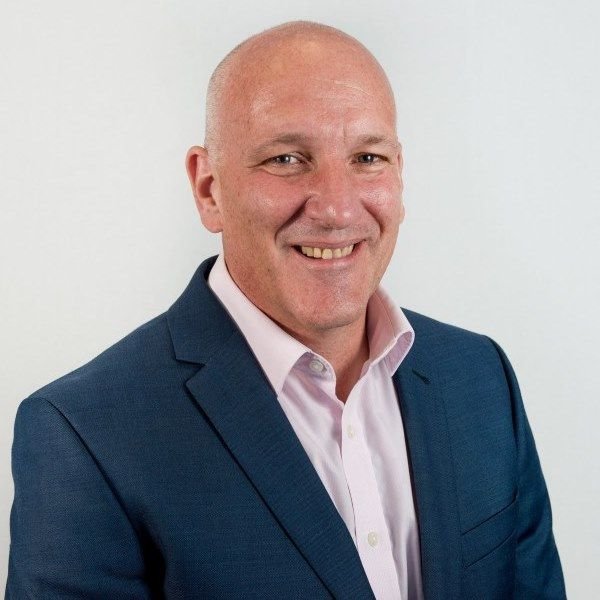 I try and take a helicopter view and I see the houses and streets, and the hills and valleys of this amazing area (I am a geographer). I see in my mind’s eye thousands, millions of people most of whom I don’t know and never will. People going about their lives with all the joys and challenges of life, connecting to others in multiple ways, some rushing and some still. Many are healthy, many are not but remain unaware. Some have niggling concerns, others are living with poor health, and it shapes everything. Some are in the middle of a fight for life itself and a few are looking back as they see life ebbing away. Wonderfully diverse and yet having much in common that unites them. 2.4 million unique people who each live with their own health in their own community every day.
I try and take a helicopter view and I see the houses and streets, and the hills and valleys of this amazing area (I am a geographer). I see in my mind’s eye thousands, millions of people most of whom I don’t know and never will. People going about their lives with all the joys and challenges of life, connecting to others in multiple ways, some rushing and some still. Many are healthy, many are not but remain unaware. Some have niggling concerns, others are living with poor health, and it shapes everything. Some are in the middle of a fight for life itself and a few are looking back as they see life ebbing away. Wonderfully diverse and yet having much in common that unites them. 2.4 million unique people who each live with their own health in their own community every day.
I am a strong proponent of the concept of population health, ironically because despite its name it starts with the person and their health in their community. Through the intelligent use of data, it identifies those who could most benefit from support with their health (often using predictive analysis) and uses a socio-medical response to them at a personal level.
In Leeds we have begun a learning collaboration with Staten Island Provider Performing System (SIPPS) from New York. Staten Island is the place with the Statue of Liberty! SIPPS are at the forefront of real population-based approaches to improving healthcare. They manage the Medicare and Medicaid budgets therefore serving the most disadvantaged populations with state funding. As a Leeds Health and Care Partnership we hosted two of their team in Leeds in early October (and many others on-line).
Before sharing three learning points from that exchange, I thought it might be good to share an example of how they go about what they do.
Using data, they identified that substance misuse was a major driver of early mortality and unplanned care with a high and rising incidence of overdose. Using their intelligence, they developed an algorithm that could predict who was likely to have an overdose in the next 30 days. Then working with primary care, their third sector and behavioural providers created a programme for the 650 highest risk people. They developed a team of peer advocates, former substance misusers who through this now have a job (Anchor Institution), who work with people in the programme. They conceived the plan to intervene early, spent three or four months developing it and then implemented it across 12 months. The results are an 81% reduction in overdoses and 62% reduction in hospital admissions in the 650 cohort.
Three things struck me from what we learnt.
Their use of data was incredible, both in identifying priorities and to identifying causes. They had joined-up health data with social determinants of health data. They incentivised partners especially the third sector (voluntary and community organisations and groups) to collect determinants of health data through a common platform in a standardised way and connected this to the medical record. This meant their predictive analytics was much more robust as it reflected people’s lives not just their healthcare and equally importantly it meant they could address issues in a truly personalised way. They constantly repeated the mantra that what happens in the 364 days of the year matters more than the one day at the doctors. They used data to drive personalised care, not merely to plan at a population level. In Leeds our Joint Office of Data Analytics which is starting to bring together health and local authority data and starting to test predictive technology has long been invested in and envisaged to do exactly this kind of work.
The second thing that struck me was the way they worked with their primary care and third sector organisations to improve the health of very specific groups, like the substance misuse or childhood asthma programme. In the latter they identified the families that had children most at risk of asthma admission and attendances and then working with the GP practices, schools and most importantly as it turned out, culturally sensitive community organisations. The latter addressed medical and social issues including buying dust covers and hoovers. Again, a greater than 60% reduction in hospital utilisation in 12 months. Their approach was not general it was very specific and very focussed on family and community sensitive.
The third feature I noticed was that they were incredibly disciplined in terms of what was prioritised and how they worked. There were no pet projects, good ideas, or latest must haves. Health need and communities are at the centre of everything. Their incentives in primary care and payments to the third sector were for very specific pieces of work with rapid adjustments. When recruiting to the drug programme after one month they adjusted their plan, in a couple of months they expected to see measurable improvement.
There was lots more, and I am sure I could go on and bore you with it. What I loved most was they were not a consultancy, but people working it out like us!
This takes me back to where I started, policy, integration, financial efficiency. The Staten Island Provider Performing System served a population of about 450,000 people (similar to Kirklees). They were established in response to the New York state provision of healthcare for people requiring Medicare and Medicaid. Multiple performing provider systems receive delegated responsibilities, funding and agree with the state their goals. The policy of New York state has liberated innovation and some remarkable changes.
When I am lost in the mire, or operating at a strategic level, by standing back for a moment and remembering the people of West Yorkshire, in all their wonderful variety of communities, I am reminded that my purpose is to create an environment where the kinds of benefits that the poorest of people in Staten Island are seeing, are equally common for those people and communities in Bradford District and Craven, Calderdale, Kirklees, Wakefield District or even Leeds.
Thank you for reading,
Tim


 In this blog, Adele Bunch, Head of Portfolio for health inequalities, mental health and patient and public involvement, highlights a successful project in West Yorkshire which is diagnosing cardiovascular disease and diabetes amongst its underserved populations by taking clinics to them.
In this blog, Adele Bunch, Head of Portfolio for health inequalities, mental health and patient and public involvement, highlights a successful project in West Yorkshire which is diagnosing cardiovascular disease and diabetes amongst its underserved populations by taking clinics to them.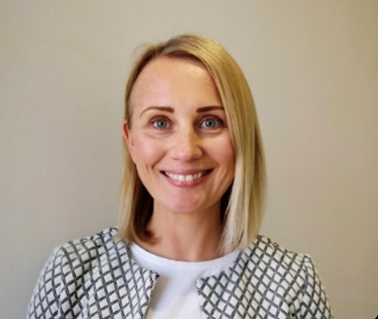 All too often, our communities in Yorkshire and across the country, struggle to access primary care services and depending on local geography, language barriers, mobility, and transport availability and affordability, seeing a GP or even speaking to a healthcare professional can be much harder, if not impossible.
All too often, our communities in Yorkshire and across the country, struggle to access primary care services and depending on local geography, language barriers, mobility, and transport availability and affordability, seeing a GP or even speaking to a healthcare professional can be much harder, if not impossible.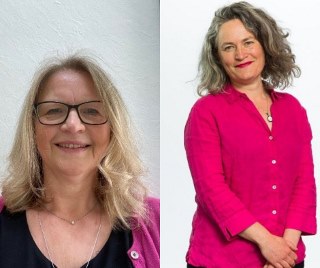 This week is Psychological Professions Week. Our Psychological Professions Workforce leads Gail Harrison and Kath Davies have
This week is Psychological Professions Week. Our Psychological Professions Workforce leads Gail Harrison and Kath Davies have 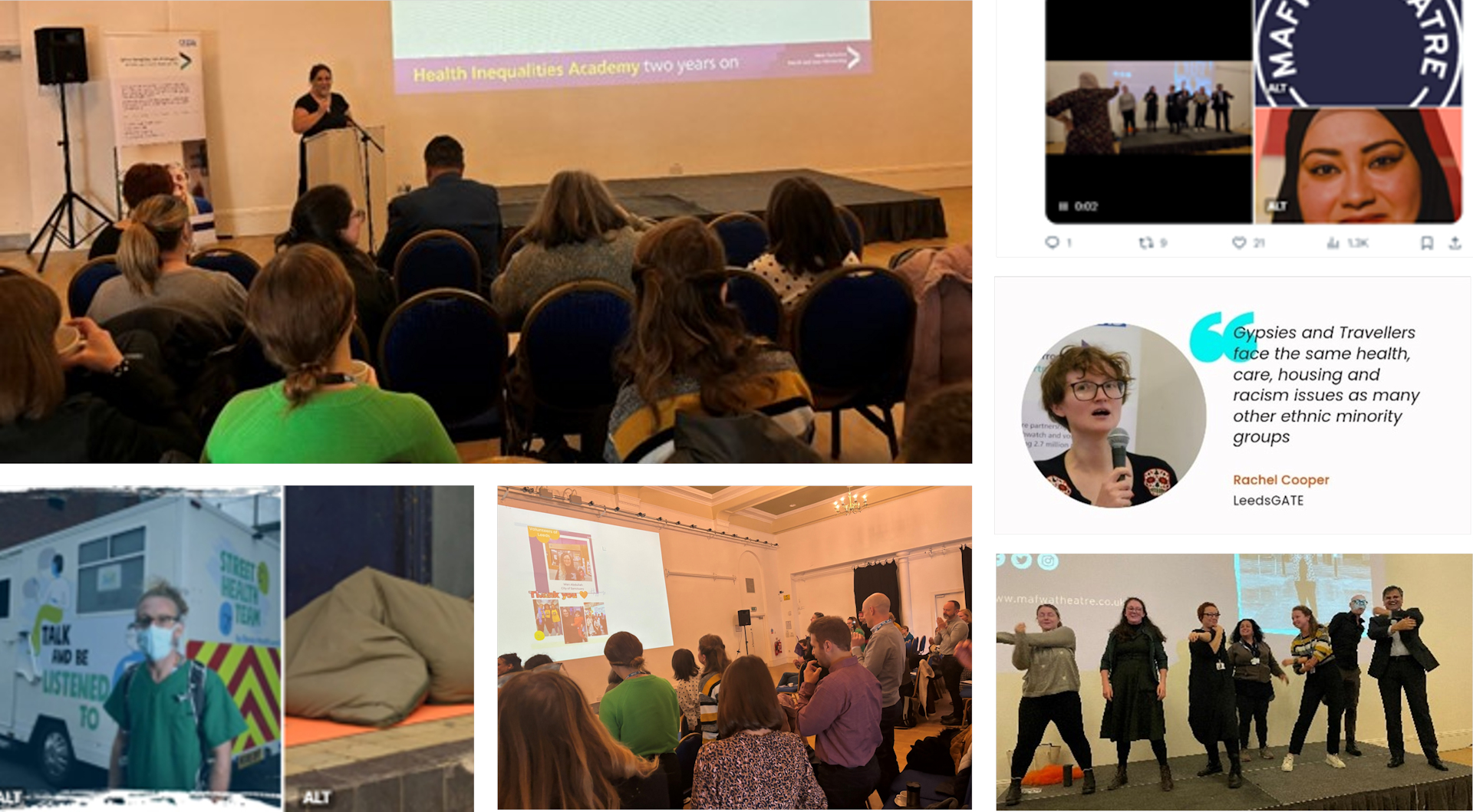
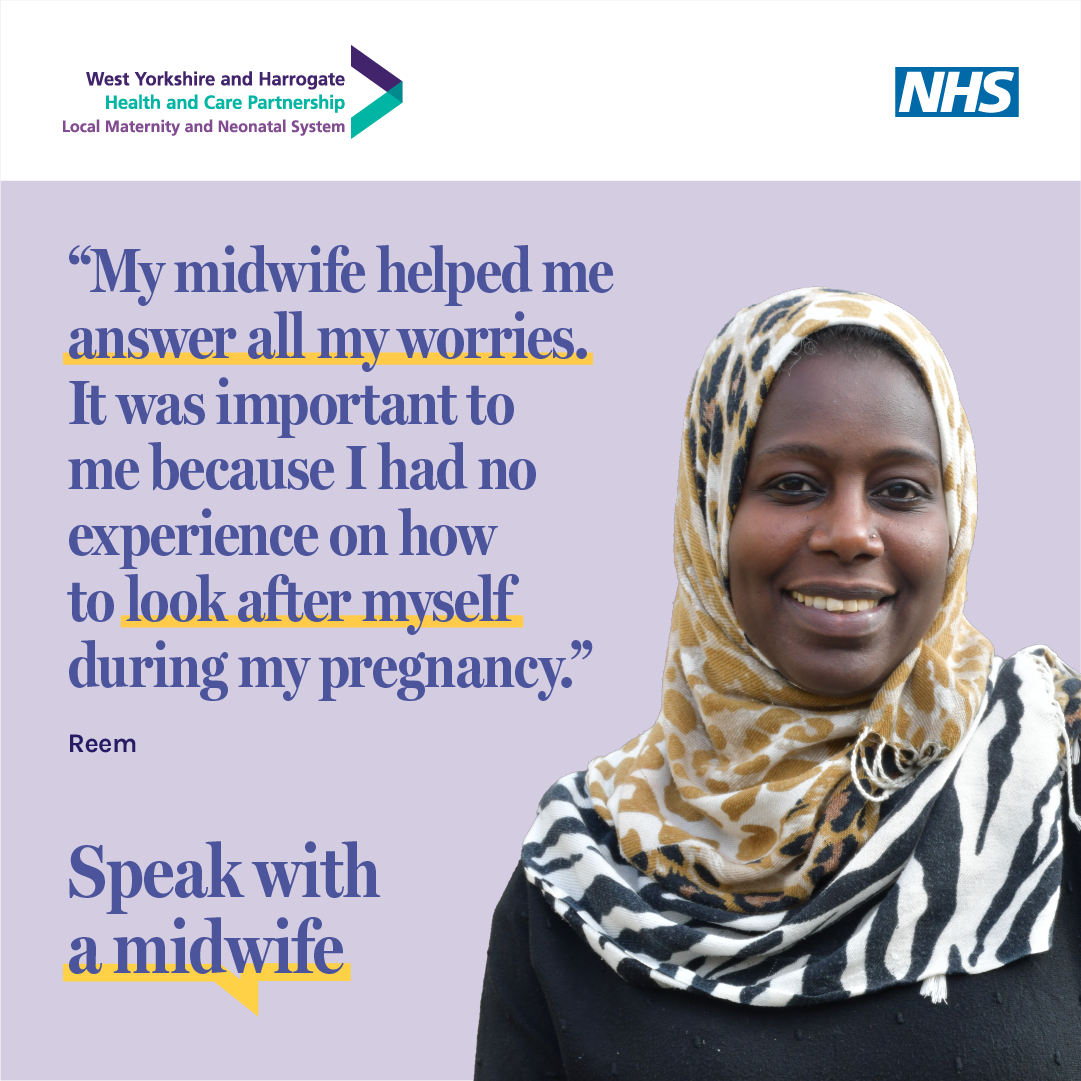 The
The 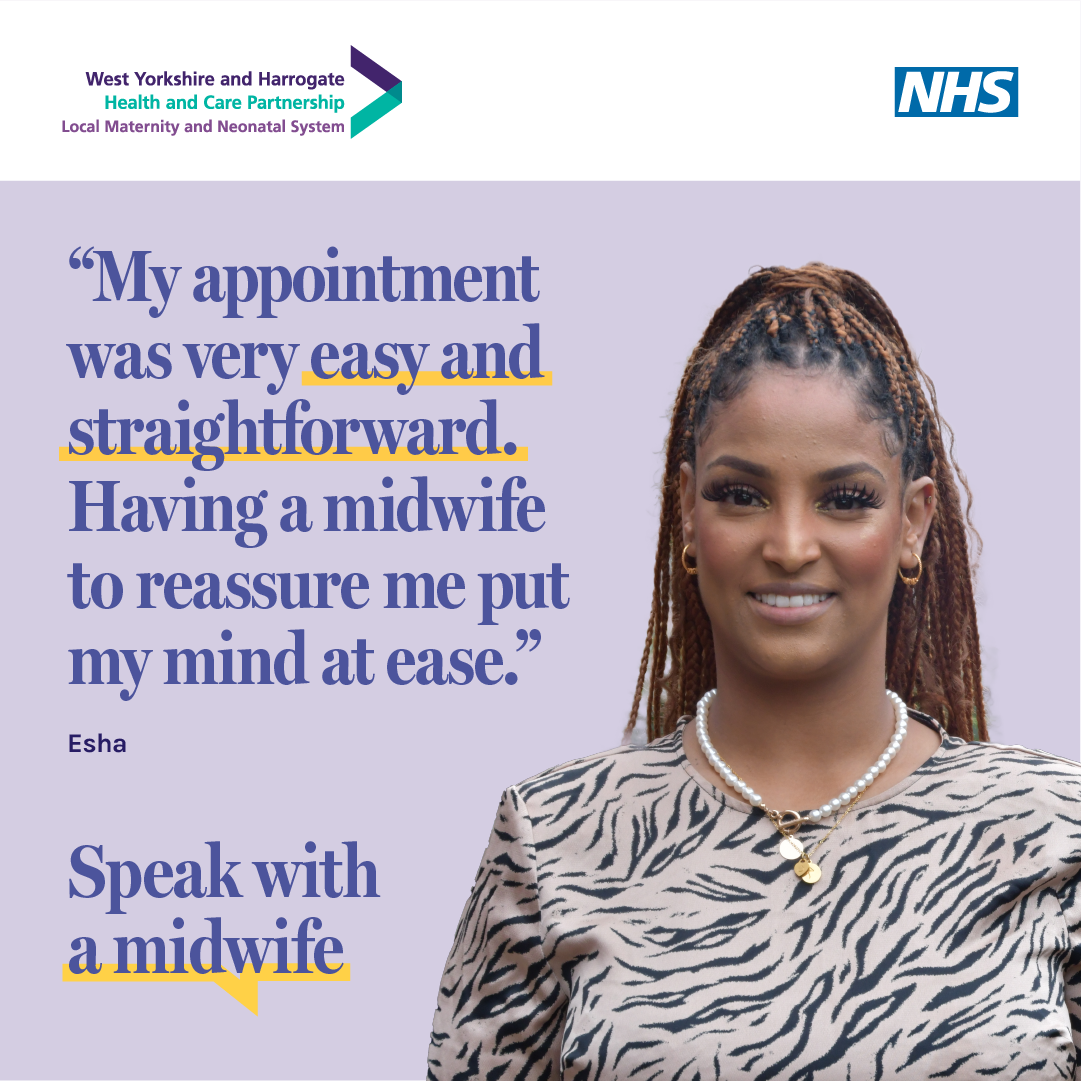
 Winter can be a lonely time for many people, but simple acts of kindness can make a huge difference. The Partnership is sharing timely reminders about looking out for each other now more than ever.
Winter can be a lonely time for many people, but simple acts of kindness can make a huge difference. The Partnership is sharing timely reminders about looking out for each other now more than ever. A major project following the lives of thousands of Bradford babies has reached a big milestone with over 5,000 babies now signed-up for ‘Born in Bradford’s Better Start (BiBBS).
A major project following the lives of thousands of Bradford babies has reached a big milestone with over 5,000 babies now signed-up for ‘Born in Bradford’s Better Start (BiBBS).